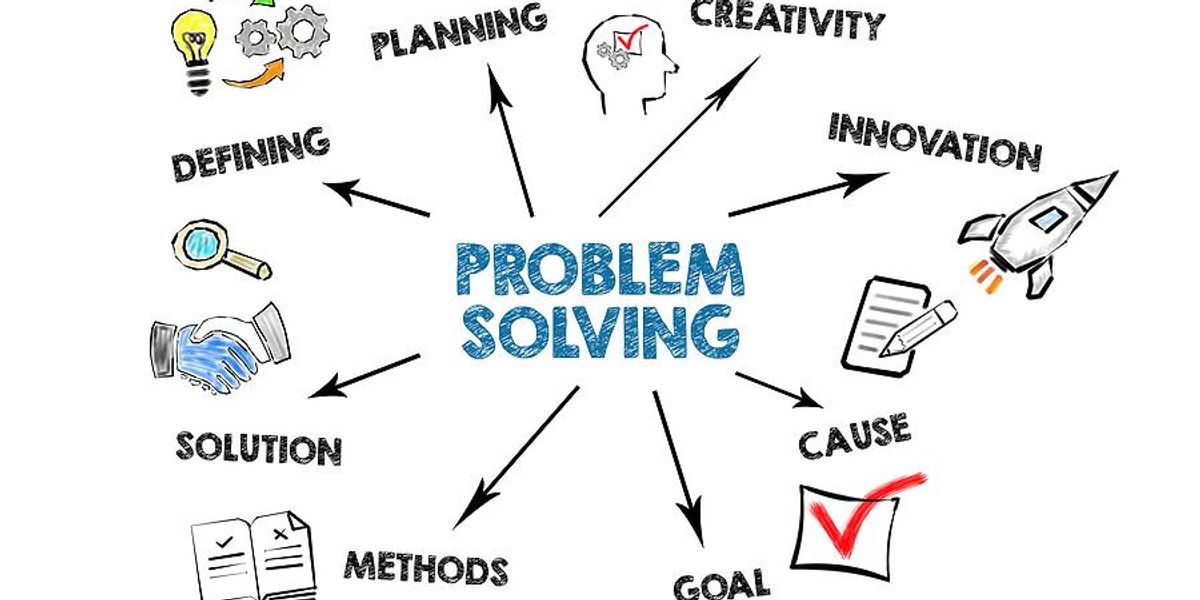
Recently, a teacher whom I was coaching quit their school in the middle of the year. Hired first as an English teacher, this educator was then given the additional job of teaching special education when the school could not find enough staff. This person felt overwhelmed.
Statistics suggest stories, like above, have been common during COVID-19. According to The Wall Street Journal, between January-November 2020, quits in the educational services sector rose 148% while quits in state and local education rose 40%. Also, the share of teachers on LinkedIn who changed careers increased by 62% last year alone.
In a LinkedIn poll, I asked educators to comment on what factors were causing them to reconsider their commitment to the teaching profession. These factors included the way teachers are evaluated, the number of expectations, the currently divided political environment, and “other” conditions (such as pay). This post generated thousands of views and 98 responses. Here are the three main reasons why those who responded to my survey are looking to jump ship:
1. The Straw That Broke The Camel’s Back – Expectations

Dr. Ginger Jewell, CEO of Total School House Solutions, says that, in her school improvement consulting work, she works with teachers all the time and the biggest things she hears are the number of expectations and lack of support. Indeed, the largest percentage of respondents in my poll, 43%, indicated that the number of expectations placed on teachers is driving them from the profession. Teachers are not “just” responsible for teaching academic content, using performance-based standards, and differentiating the learning materials so students at varying academic readiness levels can learn, but also—post-COVID-19—for infusing SEL and trauma-informed practices into their teaching.
COVID-19 also set off a tipping point when increasing numbers of teachers began calling in sick and the remaining teachers then had to cover additional classrooms, says education consultant Dr. Hope Blecher. While only 4% of respondents in my survey indicated that teacher evaluation was making them consider fleeing the profession, Blecher further argues that increased expectations are finding their way into teacher evaluation. This can only be adding to teacher cortisol levels.
2. Cancel Culture In A Fishbowl – The War Between Right And Left

Classrooms are a microcosm of society at large. Twenty-nine percent of respondents in my poll indicated that the divisive political environment might have them raising the white surrender flag sometime soon. We have a situation in some places, like Florida, where teachers might end up in legal jeopardy if they say or do something counter to what some see as unclear provisions as to what is appropriate to say and do within the Florida Critical Race Theory Amendment or HB 1557—the “Don’t Say Gay” Bill. Personal liability aside, the fear of saying or doing the wrong thing also can serve as a powerful disincentive for teachers when considering whether to engage students in cognitively rich discourse on complex issues. This ultimately might prove problematic if we want to maintain an informed electorate.
This is not just an issue on the right. The progressive Ethical Culture Fieldston School fired a teacher recently for criticizing Israel—comments which some families in the community felt were antisemitic. Educators can also be let go for things that might appear inconsequential. Toby Price of Hinds County Public Schools, in Mississippi, was recently fired for reading a children’s book, marketed to children, to second-grade students. This prompted an official response from PEN AMERICA. While we, as a society, struggle in both defining what is and is not permissible regarding our free speech rights and in having difficult public conversations about race and identity, teachers are often the ones caught in the crossfire. It is this “mass surveillance” of teachers that is dramatically increasing educators’ stress levels, says teacher career coach Nicole Routon.
3. Money Makes The World Go Round – Teacher Salaries

Twenty-four percent of respondents in the poll indicated that they were thinking of leaving teaching due to other reasons with pay being cited as a key consideration. While it is rare to hear a teacher say that they went into education for the money, money does keep the lights on at home. Yet, the Center for American Progress has found that in 35 states, teachers with 10 years of experience or more who head families would qualify for multiple public assistance programs while teacher salaries, in general, are between 14 and 25 percent lower than for other professions open to college graduates.
A Salad Bowl Of Maladies

It is probable that teachers are leaving the profession not because of any one thing mentioned in the poll but because of the totality of all these factors coming together in a confluence of misery. Tara Boertzel-Schuenemann, the founder of Brainiacs Learning Lab, says the big quit in teaching is really about the combined effects of two things—being underpaid and undervalued. Nor is this anything new. Dr. Timothy Slekar, Director of Educator Preparation Programs at Muskingum University, further argues that society has been demeaning the teaching profession for at least the past 40 years and that people who come into the profession eager to make the world a better place soon become demoralized by conditions that prevent them from teaching. Some of these conditions have been discussed above.
Two Minutes To Midnight

Our children deserve a quality education. We need to both keep current teachers in the classroom and recruit new people to the profession. It is unsustainable to keep adding water to a bathtub if there isn’t a plug on the drain. Although I wish I had the solution to reducing current political discord in society, please see new approaches to salary equity here. For schools interested in valuing teachers in ways other than straight compensation, such as through better work-life balance, see this great article on teacher flexibility by Simon Rodberg.
As an education consultant passionate about helping students achieve and grow, I can help your teachers manage workload stress and improve student learning outcomes. I have supported hundreds of educators in improving their curriculum, instruction, and assessment practices by modeling strategies for working smarter rather than harder. Please feel free to reach out to me at John Schembari, Ed.D. | LinkedIn.



















